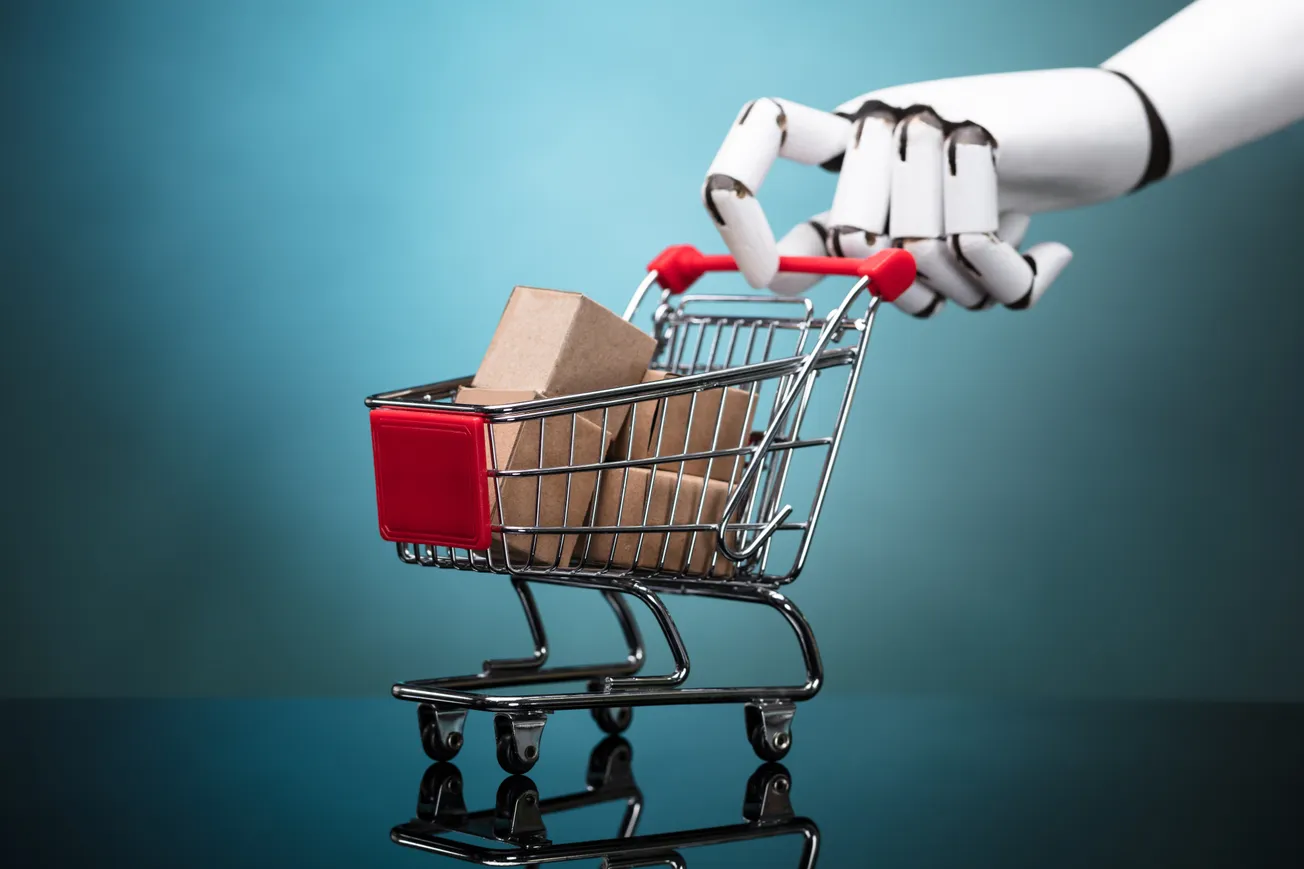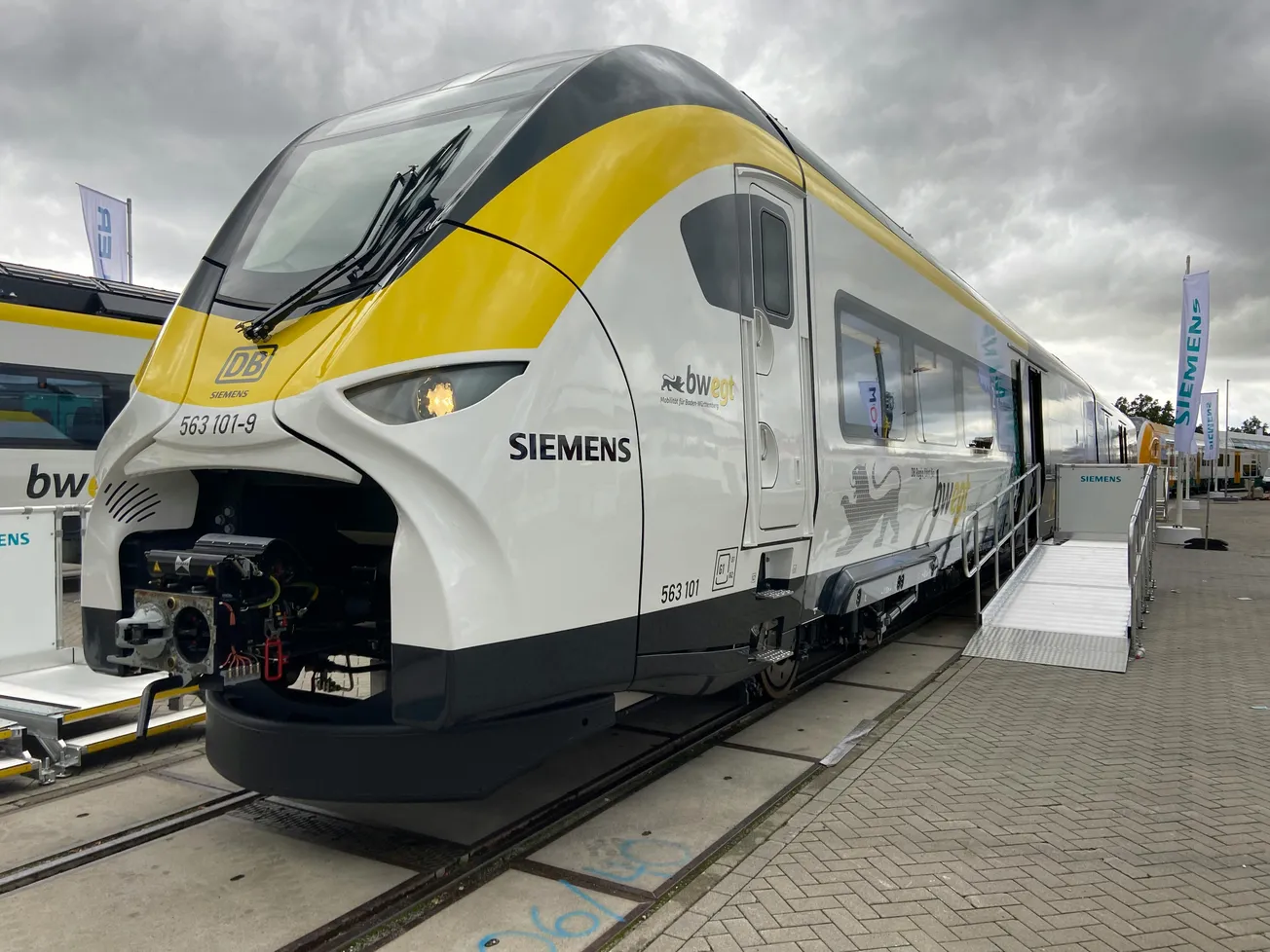Retailers in 2025 are transforming stores into micro‑fulfillment hubs, blending automation and human labor to deliver fast and accurate service. Key innovations include pick‑to‑light systems, autonomous mobile robots (AMRs) and AI‑driven decision systems enabling fulfillment in and out of stores.
Core Technologies
- Pick‑to‑Light & Batch Picking: Widely adopted in grocery and big‑box formats for real-time order picking efficiency. When combined with ERP and WMS, these systems reduce pick errors and labor time, according to MSI Automate.
- AI-Powered Mobile Robots: Companies like Locus Robotics and Brightpick are scaling up AMR deployments that navigate warehouse or store aisles, tripling storage density or accelerating pick cycles significantly.
- Collaborative Robots (Cobots): Designed to work alongside human workers, cobots handle repetitive tasks and reduce strain while keeping staff in more strategic roles.
Noteworthy Deployments
- Locus Robotics recently reported more than 5 billion units picked across customer deployments, highlighting rapid adoption and ROI in 2025 automation initiatives.
- Brightpick’s “Giraffe” AMRs are bringing solutions to micro-fulfillment, tripling storage density in small-format spaces and enabling scalability for smaller operations.
Challenges to Overcome
- Integration Complexity: Aligning WMS, ERP and fulfillment platforms presents infrastructural challenges, requiring strong digital alignment from the start.
- Human-Robot Collaboration: Especially in retail environments, cobots require fine-tuned coordination with staff. Public-facing robots also face navigation and interaction hurdles.
- Cost and Scale: Rolling out automation at scale requires capital and training, especially challenging for mid-size or specialty chains.
Recommendations
- Start Small with Pilot Programs, then scale tech across multiple stores and regions.
- Prioritize Hybrid Systems, pairing robots for high-volume tasks and humans for complex or customer-facing operations.
- Use AI Analytics to optimize pick routes, inventory allocation and labor scheduling.
- Measure Both Productivity and Shopper Impact: speed matters, but so does fulfillment accuracy and satisfaction.









